One of the most important checks you can do yourself in order to keep your car’s engine running smoothly is to check your engine coolant level. Coolant plays a vital role in preventing overheating, avoiding costly damage, and ensuring your vehicle remains reliable on the road. Ignoring a coolant level low warning can lead to breakdowns, expensive repairs, and even permanent engine damage.
This guide explains how to check coolant level, the warning signs to look out for, and the easy steps you can take to keep your car topped up.
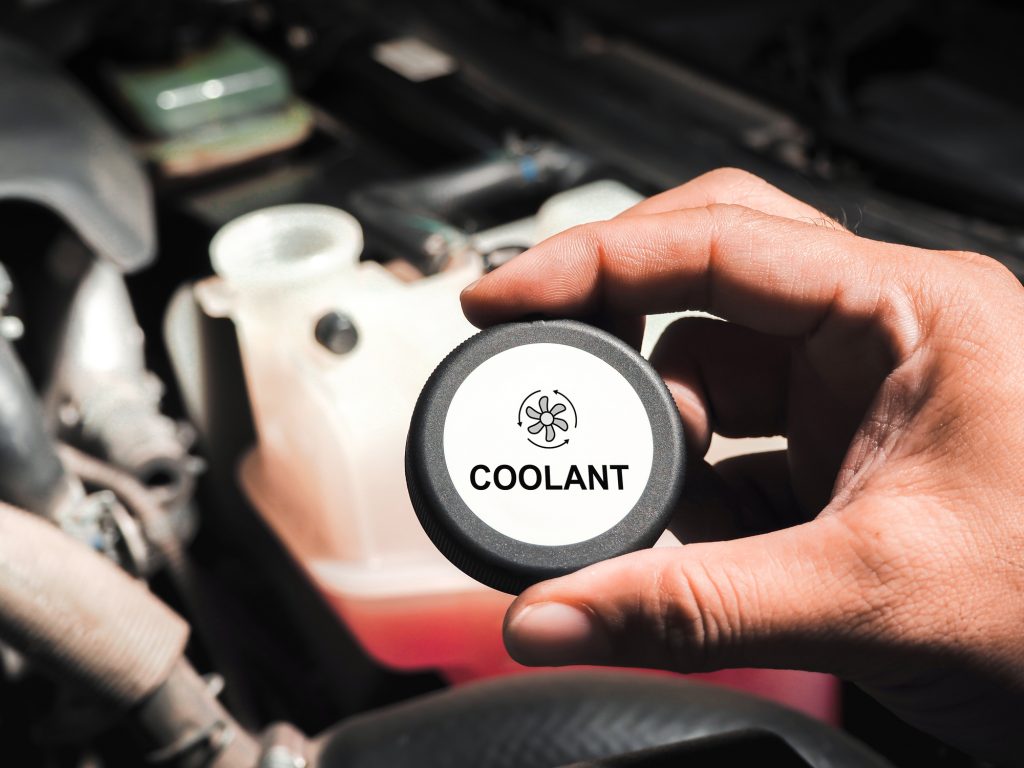
Why engine coolant levels matter
Your engine coolant level is more important than many drivers realize. Coolant, often mixed with antifreeze, circulates through your engine to absorb heat and transfer it to the radiator, where it’s dispersed. Without enough coolant, your engine can overheat quickly.
Beyond temperature control, coolant also prevents corrosion inside the engine and radiator, extending the life of these expensive components. Checking coolant levels regularly is one of the simplest ways to protect your car from avoidable repair bills.
How coolant regulates your engine temperature
Coolant flows through passages in the engine, absorbing heat. It then travels to the radiator, where air flow reduces the temperature before circulating back again. The antifreeze properties stop it from boiling in summer or freezing in winter, ensuring smooth year-round operation.
What happens when coolant is too low
If your engine coolant level drops, the engine loses its ability to regulate heat. This can cause overheating, warped engine parts, or even a seized engine. In severe cases, the head gasket may fail or the radiator may be damaged—repairs that often run into the thousands.
Signs your engine coolant is low
Knowing what to look out for can help you catch a coolant issue early.
Dashboard coolant warning light
Modern cars are fitted with a dashboard symbol (often a thermometer or radiator icon). If this symbol illuminates, it’s a sign that coolant temperature is too high or coolant level is low. Treat this warning as urgent.
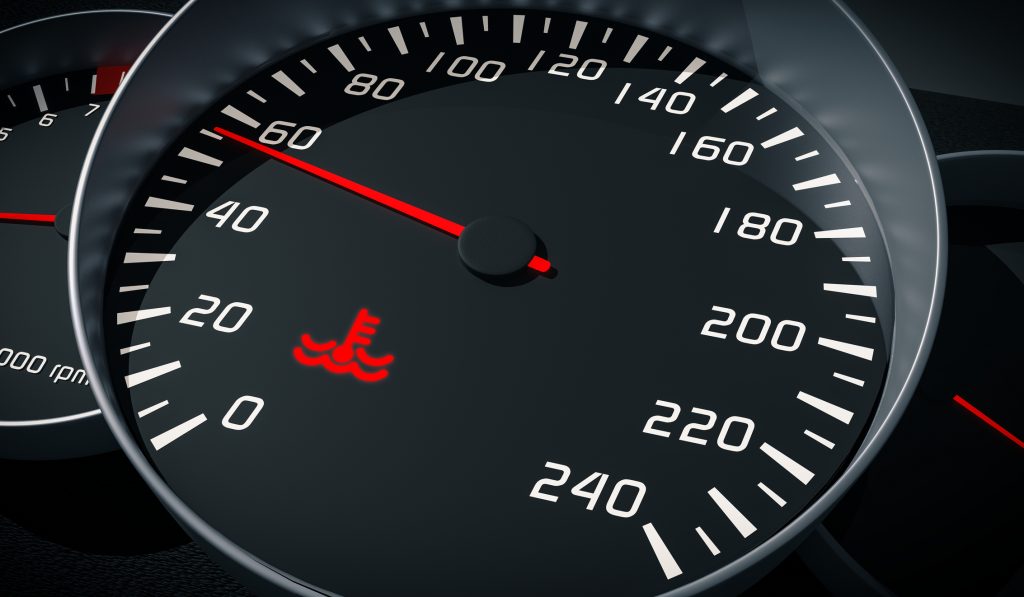
Engine overheating
Keep an eye on your temperature gauge. If the needle rises above normal or you notice steam escaping from under the hood, it’s a strong indication of low coolant levels or a leak.
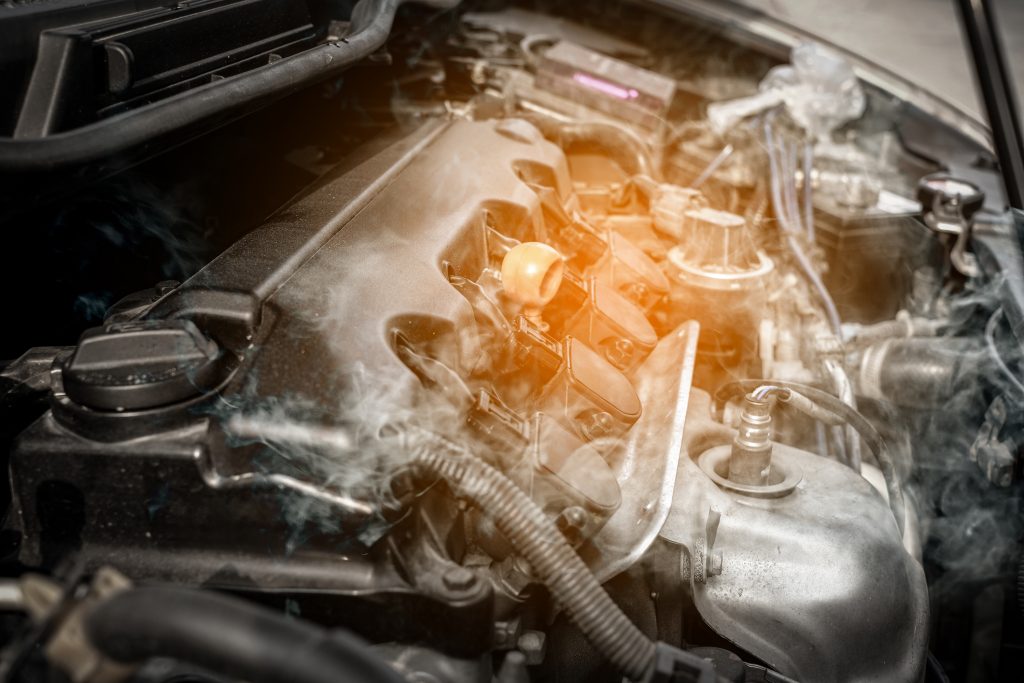
Visible coolant leaks
Coolant is usually brightly coloured (green, orange, or pink). Puddles under your car or crusty residue around hoses and the radiator cap can point to a leak. Products like K-Seal can seal many common leaks without costly repairs.
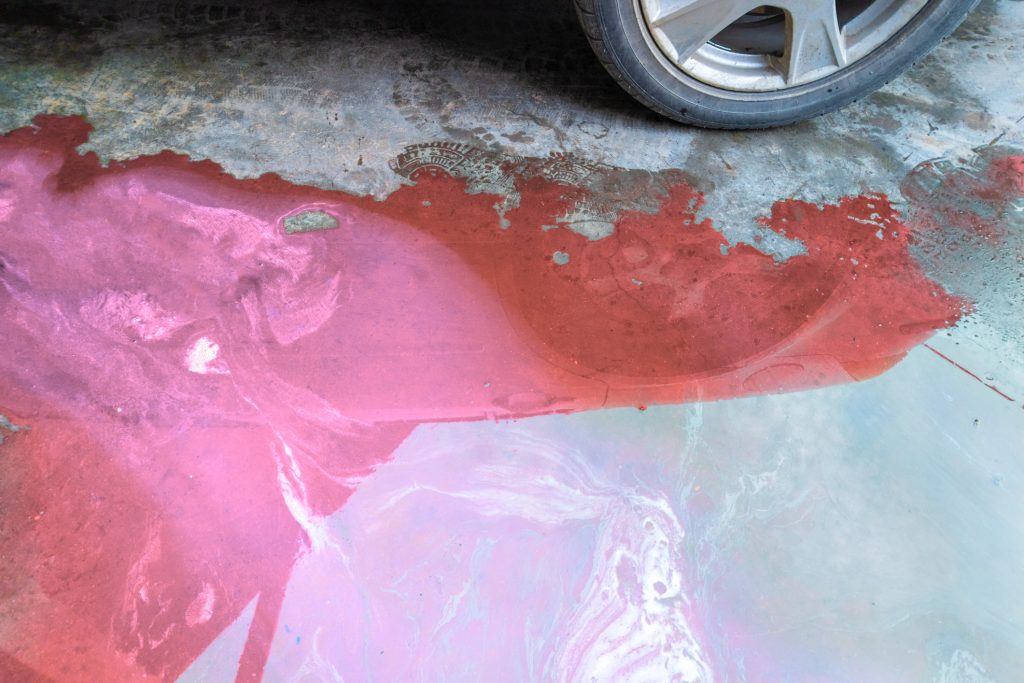
Can I drive with a low coolant level?
Driving with insufficient coolant is extremely risky. Even a short journey can cause damage, such as the following issues:
Severe overheating and engine failure
Continuous driving with a coolant level low warning can lead to warped cylinder heads, blown head gaskets, or complete engine failure.
Increased repair costs
Replacing an engine or repairing a head gasket is far more expensive than a simple top-up or using K-Seal to fix a leak. Preventive action will always be cheaper.
Safety hazards on the road
Breaking down on a busy highway or in a remote location isn’t just inconvenient, it can also be dangerous. Checking engine coolant levels regularly can reduce the risk of breaking down.
How often should you check your coolant levels?
Regular checks take just a minute and can save you significant stress and expense.
Recommended intervals for checking coolant
A quick check of coolant levels once a month is ideal. Always check before setting off on long journeys.
Seasonal checks for winter and summer
Extreme temperatures put extra strain on the cooling system. In winter, antifreeze properties are critical, while in summer, overheating risks increase. Check more often during these seasons to help keep you and your vehicle safe.
Signs you should check sooner
If you notice unexplained overheating, dashboard alerts, or visible drips under your car, inspect your engine coolant level immediately.
How to check your engine coolant levels safely
It’s simple to learn how to check engine coolant levels, but a few safety steps are important.
Safety precautions before opening the cap
Never open the coolant reservoir or radiator cap while the engine is hot—scalding steam and fluid can cause serious burns. Wait until the engine has cooled completely.
Locating the coolant reservoir
Most cars have a translucent plastic tank near the radiator. Look for markings labelled “MIN” and “MAX” to see the safe range when checking coolant levels.
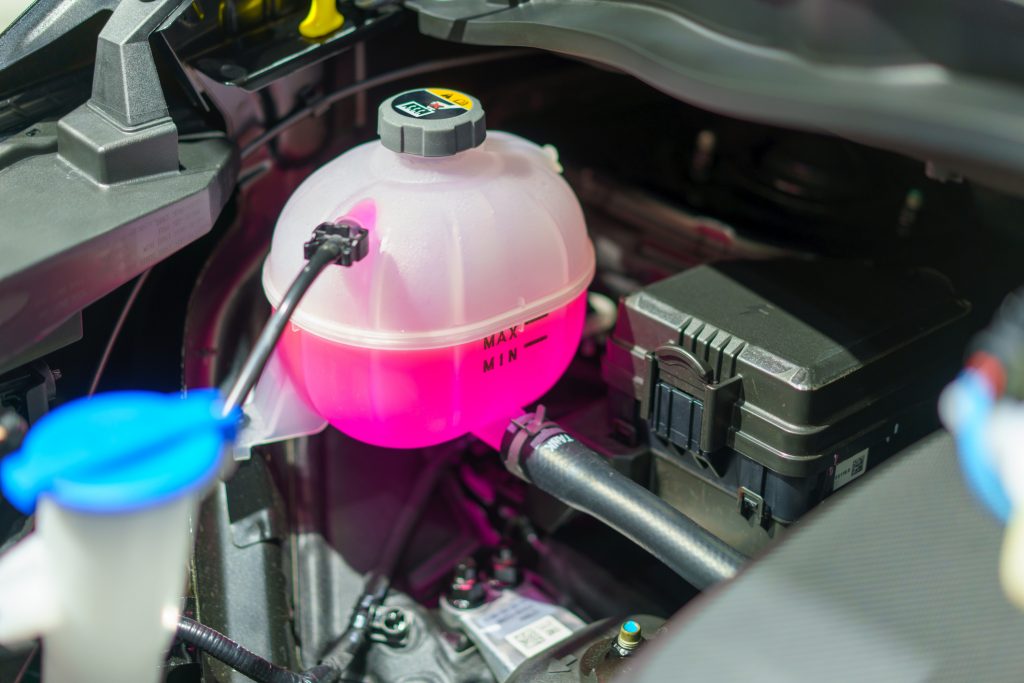
Topping up and using the correct coolant
If coolant levels are low, top up with the manufacturer-recommended coolant/antifreeze mix. Always match the correct coolant type for your vehicle, as using the wrong kind can damage the system.
FAQs about engine coolant levels
What should I do if my coolant is low but I see no leaks?
You may simply need a top-up, but keep an eye on the level over the next few days. If it drops again, a hidden leak may be the cause.
Can K-Seal fix a coolant leak?
Yes. Our range, including K-Seal, K-Seal HD and K-Seal Ultimate, are designed to permanently repair leaks in the head gasket, radiator, heater core, and water pump casing without draining or flushing the system. For coolant leaks that are more serious we recommend going to a professional mechanic.
How do I know which coolant my car needs?
Always check your vehicle’s handbook or manufacturer’s recommendation. Read our guide on choosing the right coolant type.
How long does coolant last before it needs replacing?
Most coolants last two to five years, but this varies by type and usage. Check your car’s service schedule for guidance.
By regularly checking engine coolant levels and acting quickly if your coolant level is low, you can avoid breakdowns, protect your engine, and save money.